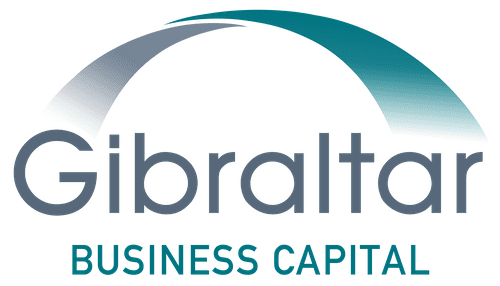As financial markets continue to shift, borrowers need flexible lending options that help them achieve their short and long-term goals.
Businesses faced with fluctuating financial scenarios often feel confined by traditional bank lending structures. Flexibility and access to expanded liquidity is often where asset-based lending (“ABL”) stands out. But it’s important to know that choosing between an asset-based lender and a traditional bank lender isn’t mutually exclusive.
ABL and traditional bank lending complement each other by addressing specific needs at specific periods of time. ABL, particularly from a non-bank lender, provides businesses with creative structuring solutions to meet liquidity needs and a path to stability so businesses can successfully navigate into a traditional bank lending environment when the time is right. Both lending routes serve unique financing purposes — but often during different periods of time.
For many borrowers, an ABL partnership serves to establish stability, or navigate a fluctuating financial circumstance. When that scenario ends, the business is typically better positioned to transition into a traditional banking ecosystem. Because ABL offers more flexible financing options than traditional lending, it often is the perfect lending model in times when markets are shifting.
Establishing the Right Lending Relationship
The success of any good lending partner is about the short and long-term financial stability achieved from the transaction. Often, during times of transition or fluctuation, banks are too restrictive to provide the right lending options that match the business’ current financial needs. Alternatively, ABL provides the perfect bridge to non-traditional lending solutions, serving more types of borrowers, more unique types of collateral, and more transaction types.
For instance, traditional bank lenders are more focused on financial covenants like cash flow ratios and operating leverage ratios, while ABL lenders are interested in ensuring that their borrowers have the necessary liquidity they need to operate their businesses. When cash flow ratios strengthen and stability is achieved, transitioning back to the traditional bank lending environment might be the next right path.
ABL facilities are a great option for companies experiencing temporary cash-flow challenges. Common examples include companies where revenues are impacted by seasonal sales, recent mergers or acquisitions, a turnaround or turnover of management, or changes in a product or manufacturing strategy. These scenarios often cause fluctuations in cash flow, and can create temporary dips in operational efficiency, which is where ABL serves as the ideal solution to support companies through these transitions.
ABL partners also have a diverse range of relationships across the financial ecosystem to ensure borrowers are getting customized lending solutions that are built around their defined needs during a specific period. Each lending relationship is carefully crafted and personalized to fit the unique needs of a business’ specific requirements.
ABL Helps Transition Borrowers to Traditional Bank Lending Environments
An asset-based lending loan structure can be customized to fit a company’s individual needs across a diverse number of asset classes including accounts receivable, inventory, machinery and equipment, and real estate. This reliance on asset value allows for a more flexible approach to evaluating performance hiccups and sales fluctuations. To that same extent, there is a greater ability for asset-based lending partners to overcome challenges related to high-risk industries, atypical customer concentrations, or anything outside the box.
Engaging with an ABL partner doesn’t mean a business is eliminating the ability to work with a traditional bank lender. In fact, ABL enables businesses to achieve their short-term lending goals whilst potentially improving their long-term financial position. This important role in the lending ecosystem serves as a bridge for companies that eventually want to secure a long-term financing partner in the traditional banking environment.

